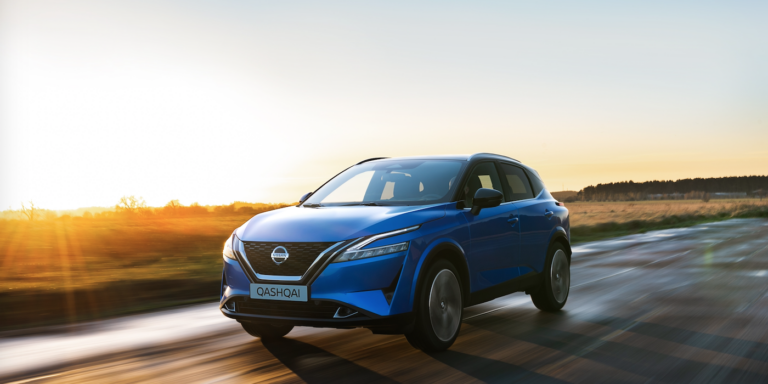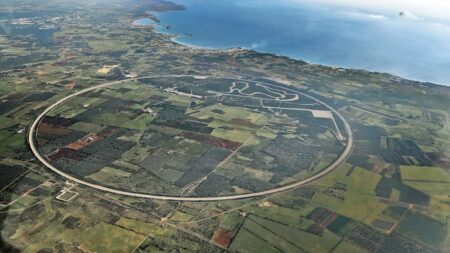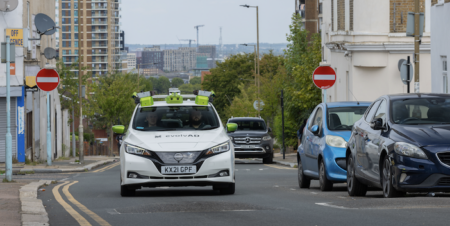The all-new Qashqai will be Nissan’s first model to be constructed in Europe using what the company describes as “a significant number” of lightweight aluminium panels. The bonnet, doors and front wings are stamped from aluminium alloy, which saves 60kg from the body weight of the Qashqai body, which helps reduce emissions, enhances vehicle dynamics, and creates scope to accommodate more technology, including an electrified powertrain.
The construction process for the aluminium body is also efficient, following a £52m investment in aluminium production at Nissan’s Sunderland plant in the UK, which includes a second extra-large press line that was launched last year and the cyclone – a recycling facility that fires out scrap metal at 150km/h and can handle more than seven tons of metal an hour, ensuring less waste and a greener production process.
As the bonnets and doors are stamped into shape, any scrap material is shredded and extracted, keeping aluminium grades separate. The separation process ensures that Nissan can return high-quality scrap to suppliers. The suppliers then turn the separated aluminium scrap into aluminium alloy sheets and redeliver them to Nissan for use in production.
This closed-loop recycling system reclaims scrap aluminium, reducing waste and CO2 emissions. Recycling scrap aluminium saves more than 90% of the energy needed to create a comparable amount from raw materials. This system helps Nissan in its goal of achieving carbon neutrality across the company’s operations and the life cycle of its products by 2050.
Further sustainability measures in Nissan’s manufacturing operations include offering electrified powertrains for every vehicle in all key markets by the early 2030s, and plans for a major expansion to its renewable energy generation at Sunderland, with a proposed 20MW solar farm extension. If approved, the 37,000-panel extension would result in 20% of the plant’s energy coming from all onsite renewables – enough to build every single zero-emission Nissan LEAF sold in Europe.





